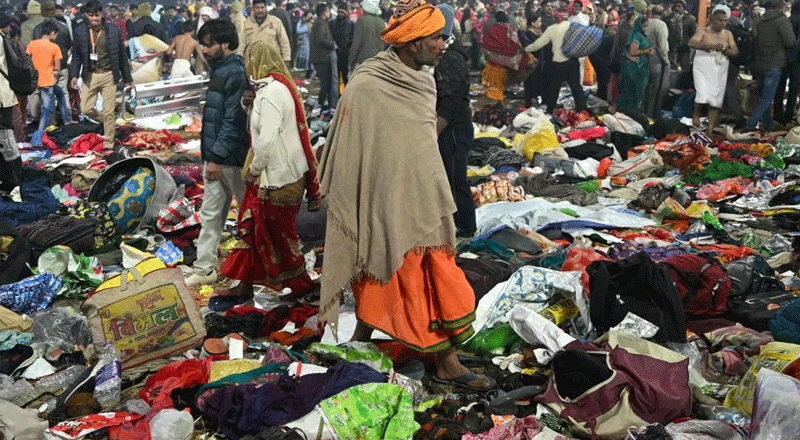The Union government on Thursday launched the country’s 11th agricultural census, according to a notification.
The Union government on Thursday launched the country’s 11th agricultural census, according to a notification. This is an exercise carried out every five years to collect farm-economy data critical for policymaking in a nation where nearly half the population still depends on agriculture for their livelihood.
The agricultural census is the main source of information on a variety of indicators, including the nature of operational land holdings, their size, distribution by class, land-use statistics, tenancy and cropping patterns.
The countrywide census was launched by agriculture minister Narendra Singh Tomar, who said the 11th agricultural census would be a fully digital exercise. The minister also launched a Handbook on Operational Guidelines for Census along with a special data collection portal and an app, which enumerators will use for the first time.
According to the 10th agricultural census (2015-16), small and marginal farmers with less than two hectares of land accounted for 86.2% of all farmers in the country, but owned just 47.3% of the crop area.
It also showed that the number of small and marginal agricultural land holdings in the country, known as operational holdings, saw a marginal increase in 2015-16 compared to 2010-11. This meant that more people now own smaller parcels of farm land, a key reason for lack of scale in India’s farm output.
During the 11th census, for the first time, data collection for agricultural census will be conducted on smart phones and tablets. This will help in faster and accurate enumeration. Most states have digitized land records and surveys, which will further accelerate the collection of agricultural census data, the farm minister said.
The previous 2015-16 census also found that total number of operational holdings in the country had increased from 138 million in 2010-11 to 146 million in 2015-16, which meant an increasing fragmentation of land. Uttar Pradesh had the largest number of land holders, constituting 16% of the total.
Overall, the 2015-16 census showed that while Indian farms became more fragmented between 2010-11 and 2015-16, holdings continued to be inequitably distributed.





